Invasive Species — Norway Rat (Rattus norvegicus) Biological Characteristics Biological Characteristics Pathways Impacts Distribution More Resources Get Involved Identification The Norway rat has many names It is often referred to as the brown rat, common rat, sewer rat, Hanover rat, Norway rat, Brown Norway rat, Norwegian rat, or wharf rat The island was likely invaded by Norway rats (R norvegicus) when a Japanese ship went aground in the 1780′s, and invaded by Arctic foxes (Vulpes lagopus) following intentional introductions by fur traders in the 1800s32 The combined impact of an introduced carnivore (foxes) and omnivore (rats) had multiple direct and indirect impacts 33Studies show that of the 3 species of invasive rats, black rat ( Rattus _rattus) had the largest mean impact on seabirds followed by the Norway rat (R_norvegicus) and ship rat ( R_exulans) (See the video clip below) Scopoli's shearwater chick being eaten by black rat Watch later Watch on "
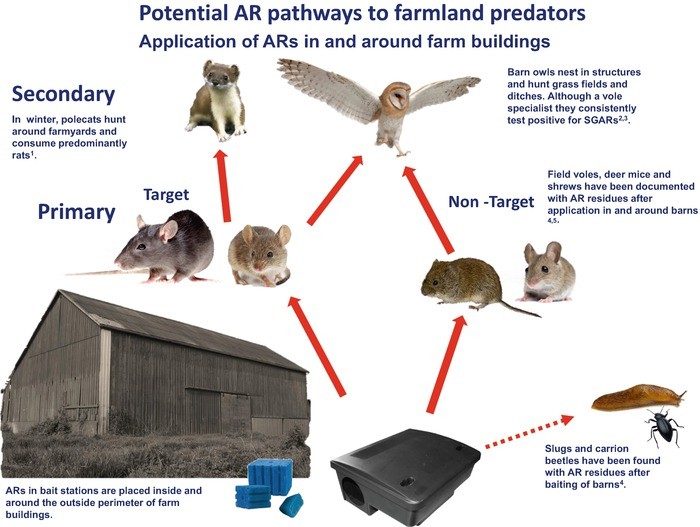
Ecological Factors Driving Uptake Of Anticoagulant Rodenticides In Predators Springerlink
Food web invasive species norway rat
Food web invasive species norway rat-Three rat species, the Norway rat, black rat or ship rat, Pacific or Polynesian rat, and the house mouse are among the most widespread and destructive invasive mammals affecting islands Through mostly unintentional introductions by humans, these rodents occupy >80% of the major islands worldwideSpecies were not regenerating from seed all expansion was by vegetative means alone In addition, fruit had been rarely (Hibiscus tiliaceus L) or never observed on these species in the decade leading up to the rat eradication West Rat impacts on weeds Fig 2 Raoul Island food web from 1984–02 Relationships
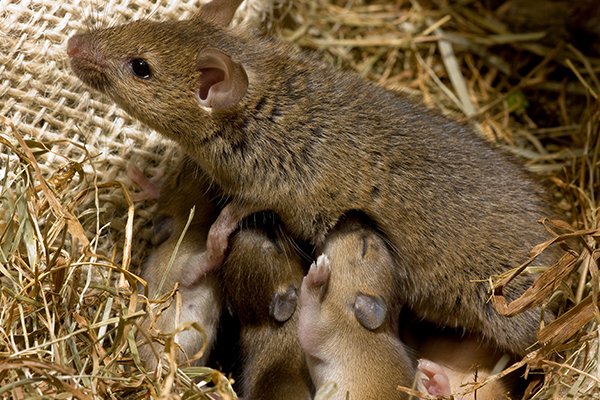



Blog Guide To Deterring Rodents In Portsmouth
Alaska Department of Fish and GameInvasive carp are fastgrowing, aggressive, and adaptable fish that are outcompeting native fish species for food and habitat in much of the midsection of the United States The huge, hardheaded silver carp also pose a threat to boaters, as the fish can leap out of the water when startled by boat engines, often colliding with people and causing injuries The fraction of intermediate species in the food web increased from 04 to 056 with the addition of nonnative mammals over time As more intermediate species colonized the island, the fraction of basal and top species in the food web declined from 057 to 041 and 003 to
Three rat species, the Norway rat, black rat or ship rat, Pacific or Polynesian rat, and the house mouse are among the most widespread and destructive invasive mammals affecting islands Through mostly unintentional introductions by humans, these rodents occupy >80% of the major islands worldwide Throughout Texas, the two most common rats are Norway rats and Roof rats Either rat is a detriment to have in your home Their incredible gnawing capabilities can destroy the foundation, structure, utility lines including electrical wiring systems and plumbing, contaminate food supply, and spread diseases, bacteria, and other harmful hazards When you seeInvasive species occur on all continents The Norway, or brown, rat (Rattus norvegicus) probably originated in northeastern China Explorers accidentally introduced the rodent to the Pacific Islands between the late 18th and 19th centuries The rat preys on
That said, rats are still invasive species The brown rat is just about the most common rat you see It is also called the Norwegian rat (Rattus norvegicus) It comes from the Mongolia area, and has spread all over the world via ships, hay bales, etc, any where they can hide and be moved by human activity The brown rat causes many problems1 Rats have reached about 80% of the world's islands and are among the most successful invasive mammals Rats are opportunistic predators that are notorious for their impact on a variety of animal and plant species However, little documented evidenceAbstract The Norway rat (Rattus norvegicus) is a highly destructive invasive species but while rat eradications on islands are effective, detection of survivors or reinvasions is challenging We
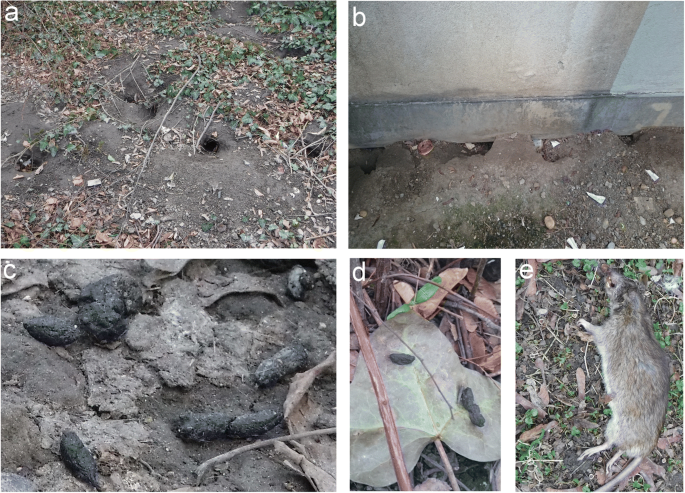



Brown Rats Rattus Norvegicus In Urban Ecosystems Are The Constraints Related To Fieldwork A Limit To Their Study Springerlink




Alberta S War On Rats Amusing Planet
However, they can also be very destructive causing damage to not only plants but also the birds, humans, and other mammals When an animal becomes destructive to the ecosystem it lives in, it is called an invasive species Some of the 14 worst invasive mammal species include goats, rats, mice, red deer, and cats among others as summarized belowHowald et al 07) and from several predator prooffenced inland sites (Speedy et al 07) However, because of the species’ remarkable swimming abilities (Harper 05;Invasive Species All Invasive Species Invasive Animals Invasive Fish
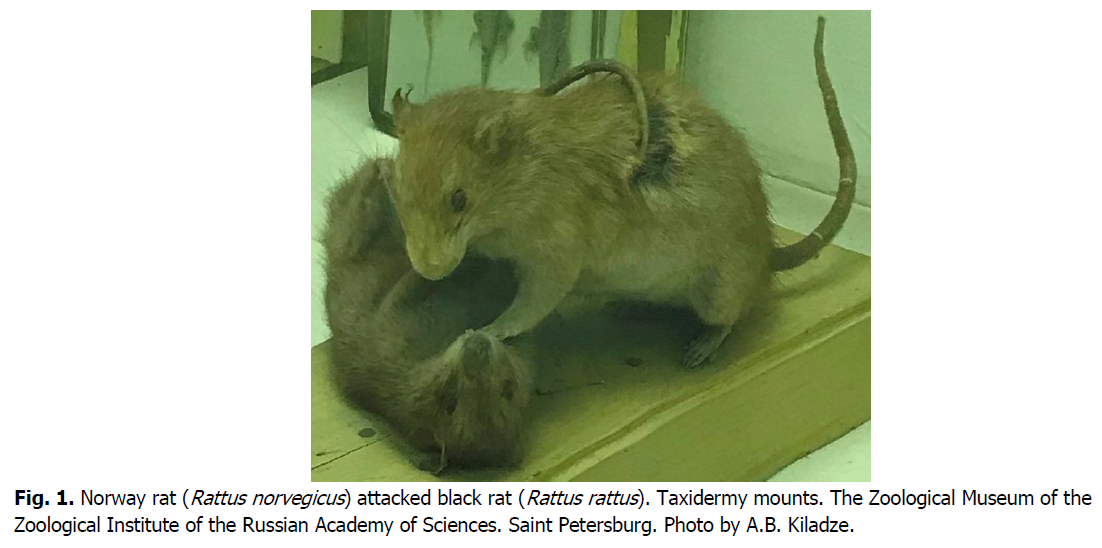



Bioinformatics Model Of Histoenzymatic Parameters Of The Skin Glands Of Norway Rattus Norvegicus And Black Rattus Rattus Rats
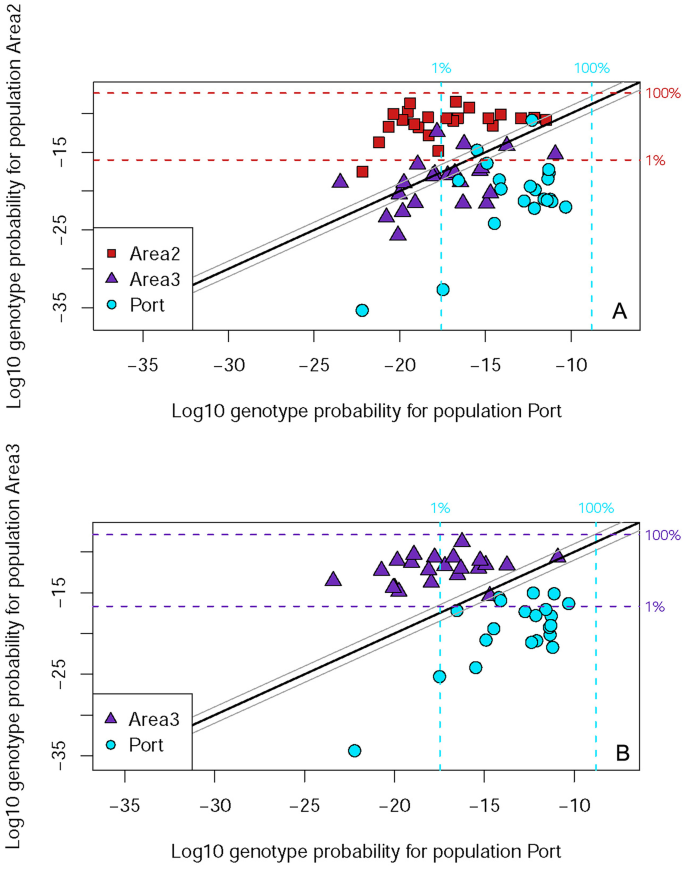



Assessment Of Dispersal And Population Structure Of Norway Rats Rattus Norvegicus In A Seaport Setting Springerlink
LESSON THREE INVASIVE SPECIES CONSEQUENCES species on more than 40 islands and archipelagos worldwide Norway rats (Rattus norvegicus) were first introduced to Alaska in the 1780s, when a shipwreck occurred on the shores of Hawadax Island (formerly Rat Island) in the Aleutian IslandsNorway rats are known to eat young chickens, chicken eggs, and in some cases even young pigs and sheep Further concern of Norway rat populations arises from the number of known diseases they carry such as bubonic plague (transmitted from fleas to humans), endemic typhus fever and ratbite fever, Biology Norway rats are known for their prolific breeding with gestation periods Many foreign species come to Norway, but only a few are able to establish themselves If the alien species grows large in numbers and manages to outcompete local species, it is called an invasive species In Norwegian waters, king crab, snow crab, American lobster and Pacific oyster are the foreign species causing the most concern today




Indirect Effects Of Invasive Rat Removal Result In Recovery Of Island Rocky Intertidal Community Structure Scientific Reports
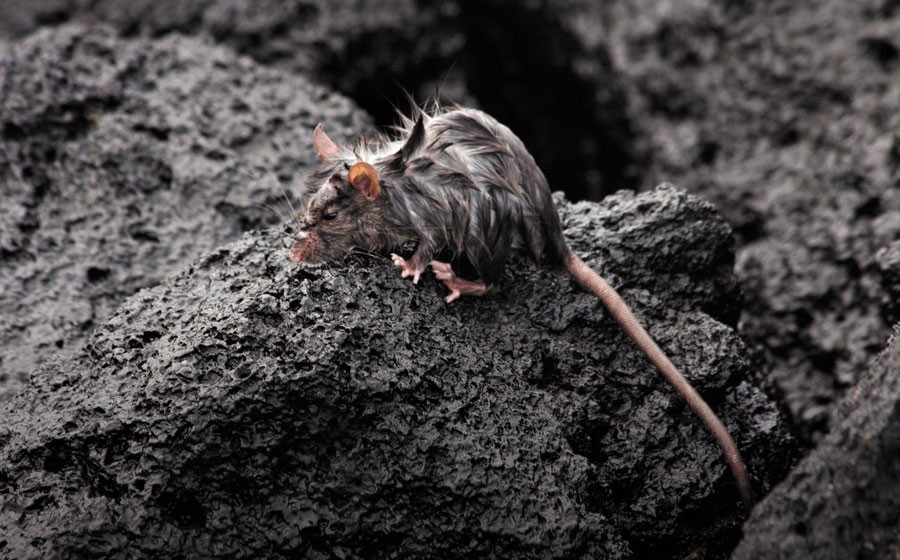



Invasive Species The 18 Km2 Rat Trap Nature
Invasive Species of Japan names Norway rat, brown rat Higher taxon Muridae, Rodentia, Mammalia Natural range Assumed to be SE Siberia, N China, and Japan (Honshu, Shikoku, and Kyushu) Habitat In urban area, this species prefers wet habitat such as sewer, kitchen, gabage station, underground mall, food storehouse, etc This speciesDespite their name, Norway rats are believed to actually have originated from Asia and are found around the globe Norway rats are often the culprits with destroyed electrical wires and plumbing pipes, as they have incredibly powerful gnawing capabilities Invasive plants are especially hated because they can disrupt entire food webs A database of villainous species managed by the International Union for




Invasive Species Crossword Wordmint
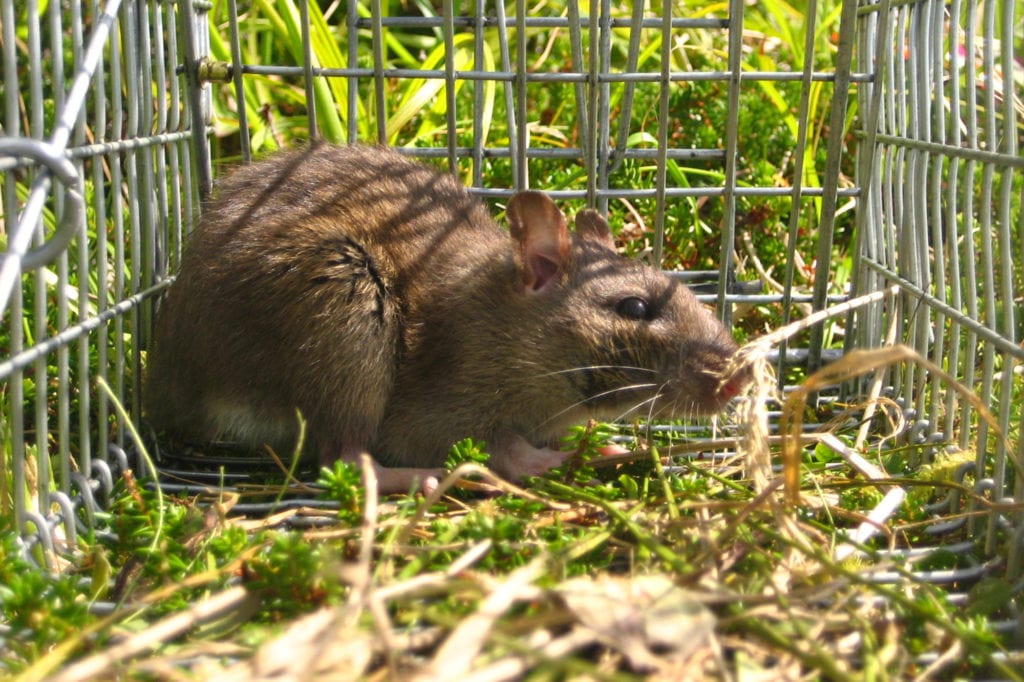



Rat Island Rid Of Invading Rodents The Cordova Times
Invasiveorg is a joint project of University of Georgia Center for Invasive Species and Ecosystem Health, USDA Animal and Plant Health Inspection Service, USDA Forest Service, USDA Identification Technology Program, and USDA National Institute of Food and Agriculture Eleven years after invasive Norway rats (Rattus norvegicus) were eradicated from Hawadax Island, in the Aleutian Islands, Alaska, the predicted threelevel trophic cascade in the rocky intertidalThe potential for detecting invasive Norway rats using conspecific rats as lures is demonstrated using male and female lure rats vs controls to determine the efficacy of this method as a control measure The Norway rat (Rattus norvegicus) is a highly destructive invasive species but while rat eradications on islands are effective, detection of survivors or reinvasions is challenging
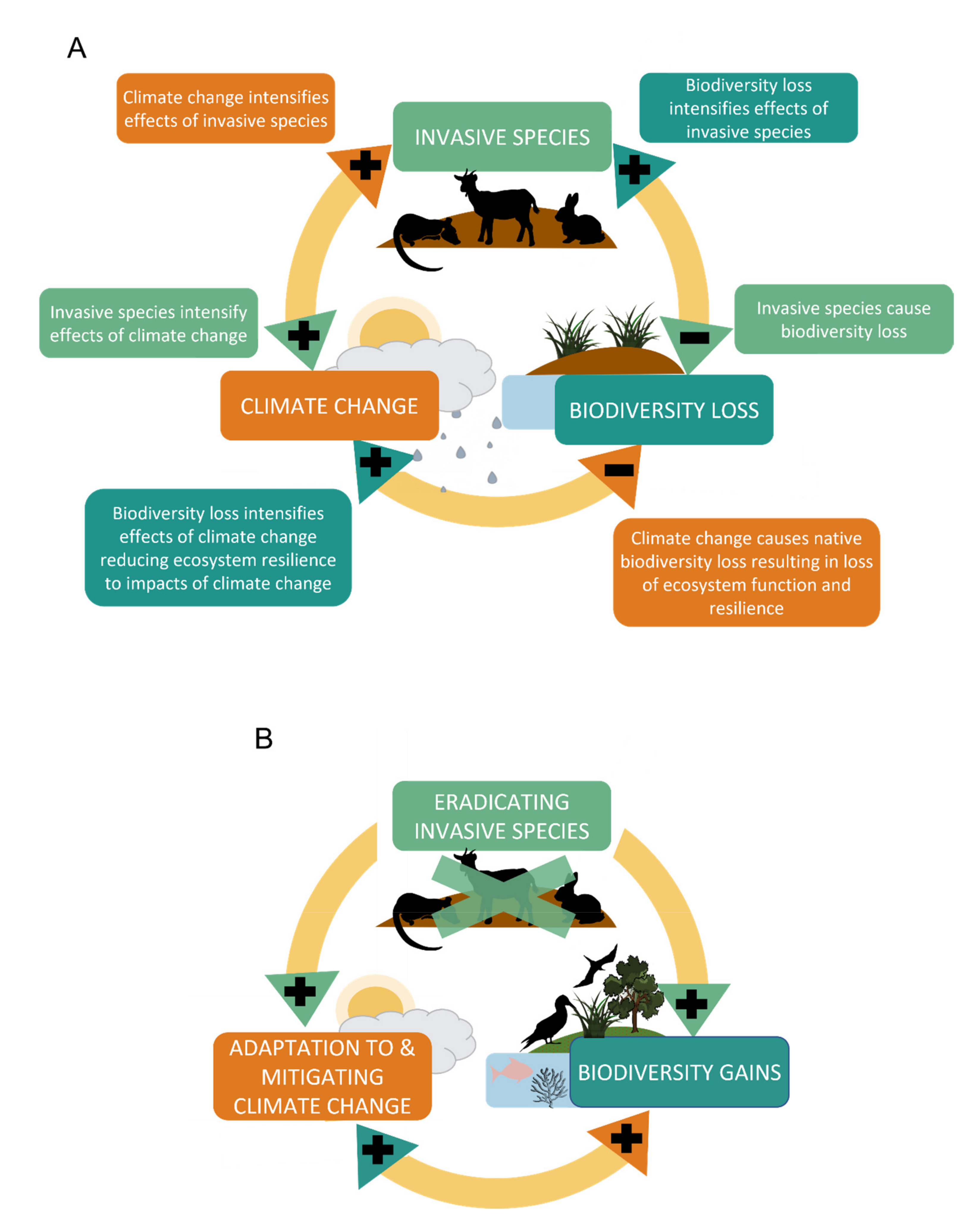



Climate Free Full Text Do Invasive Mammal Eradications From Islands Support Climate Change Adaptation And Mitigation Html
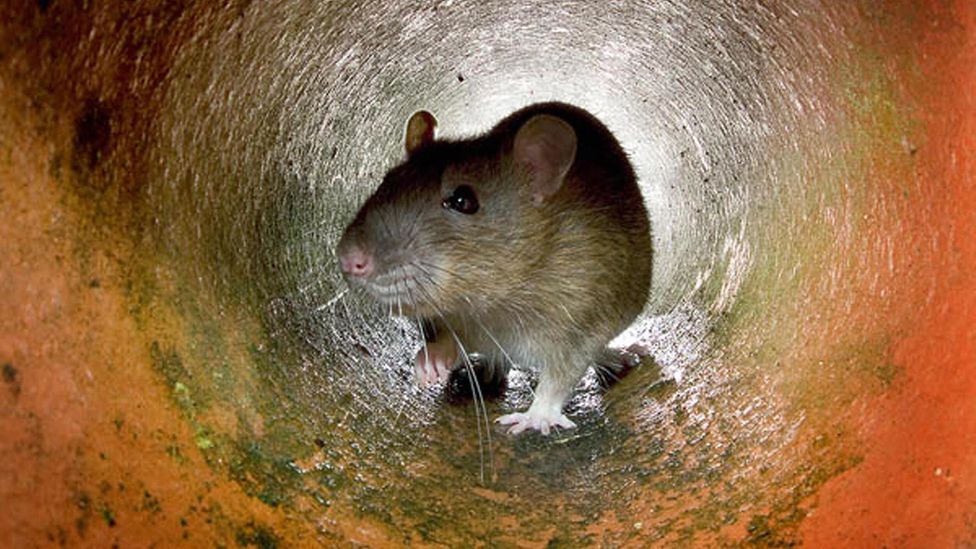



How These Cities Became Rat Free Zones c Worklife
The Global Invasive Species Database was developed and is managed by the Invasive Species Specialist Group (ISSG) of the Species Survival Commission (SSC) of the International Union for Conservation of Nature (IUCN) It was developed as part of the global initiative on invasive species led by the erstwhile Global Invasive Species Programme (GISP) in 00Sail from one port to another (eg, Norway and black rats Rattus norvegicus, Rattus rattus) or are used in one lake and then moved to another invasive species Invasive predators, especially rats, represent the greatest threat to native island species food web In a typical food web, plants fill the role of primary producer orThe black rat, roof rat, or ship rat (Rattus rattus L) is among the most widespread invasive vertebrates on islands and continents, and it is nearly ubiquitous on Pacific islands from the equatorial tropics to approximately 55 degrees latitude north and south It survives well in humandominated environments, natural areas, and islands where humans are not present Rattus rattus




Pdf Herbivory In Invasive Rats Criteria For Food Selection



Impact Of Non Native Terrestrial Mammals On The Structure Of The Terrestrial Mammal Food Web Of Newfoundland Canada
These additive effects will depend both on the number of invasive species, a numerical effect that will be determined by food web resistance to invasion, discussed in Section 41, and on how adding invaders shifts the average characteristics of the food web, a reweighting effect determined by the difference between native and invasive trophic positions, as discussedRussell et al 05) and its capacity to survive on small vessels (Harper 05), reinvasions to ratfree islands remain a threatOther introduced species Norway rat, house mouse, house sparrow livestock wheat, rice, food crops Invasive species organisms that take over an environment and disrupt the community by over competeing or destroying native species Vector something that carries another species with it, can be living or nonliving Recommended textbook explanations




Non Native Rats Detected On Uninhabited Southern Grenadine Islands With Seabird Colonies Smart 21 Ecology And Evolution Wiley Online Library



1
Norway rats eat food crops and spoil human food stores by urinating and defecating in them Additional economic damage is caused by rats chewing through power cables etc and spreading diseases Both R norvegicus and Rattus rattus transmit the plague bacterium ( Yersinia pestis ) via fleas in certain areas of the world When rats invade new territory, they spread incredibly fast According to the Alberta Invasive Species Council “Norway rats are nonnative species that spread and reproduce at a rapid rate because females can produce offspring every 2123 days in litters of up to 12 young In one year a female rat can have up to 15,000 offspringNorway rats have been eradicated from many offshore islands (Towns & Broome 03;




Adw Rattus Rattus Information




Rats Rachel Fewster Steven Miller James Russell Hamish Macinnes Department Of Statistics University Of Auckland Ppt Download
The Norway rat (Rattus norvegicus) is one of the most widespread and destructive invasive species worldwide (Long 03) The species first arrived in New Zealand with European ships during the 1770s and by the mid 1800s, Norway rats were widespread over New Zealand’s two main islands, as well as being present on many offshore islands (Innes 05a)Invasive predators, in contrast, are often ecological generalists that can successfully colonize a wide range of habitats on islands Introduced mammalian predators are implicated in about onehalf of island bird extinctions, for example in New Zealand and Hawaii The Norway rat Rattus norvegicus Berkenhout, the black rat Rattus rattusParticular, three species of rats are exerting serious impacts on native ecosystems and biodiversity on over 80 % of the islands of the world (for a review, see Duron et al 17) the black rat R rattus, the Norway rat R norvegicus and the Polynesian rat R exulans (Norman 1975, Towns et al 06, Harper & Bunbury 15)
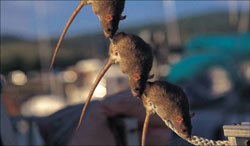



Norway Rat Identification Photos Biology Alaska Invasive Species Alaska Department Of Fish And Game
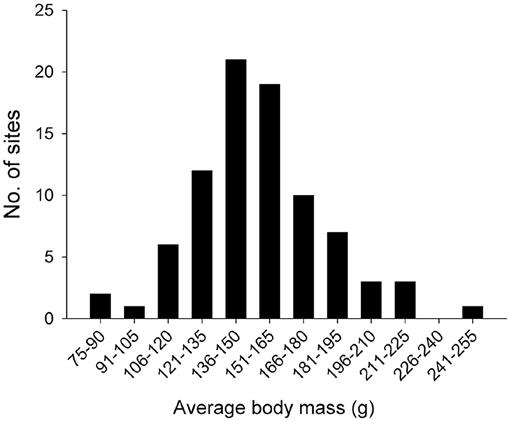



Biology And Impacts Of Pacific Island Invasive Species 11 Rattus Rattus The Black Rat Rodentia Muridae
Two species of invasive rats (Rattus norvegicus and R rattus) arrived in New Zealand with Europeans in the mid to late eighteenth and nineteenth century respectively They rapidly spread across the main islands of New Zealand and its offshore islands, displacing the historically introduced R exulans Today both species are widespread although the distribution of the subProvidence College (14 –15) – I conducted my undergraduate senior thesis research with Dr Jonathan Richardson on the landscape and population genetics study of the Norway rat (Rattus norvegicus) The Norway rat is a vector of leptospirosis and is associated with seasonal outbreaks of the disease in the urban slums of Salvador, BrazilThe 1964 ship rat invasion of Big South Cape Island and the extinction of several species of endemic vertebrates sent shock waves through conservation circles This disaster led to an increased interest in the ecology of rodents and their impact on native species The mid 1960’s saw the start of intensive research into Norway and ship rats




Adw Rattus Norvegicus Information




Norway Rat Rattus Norvegicus Rodentia Muridae
How was the Invasive Species of Norway Rat Introduced?Norway rats are mobile foragers, but their home ranges can vary widely depending on population densities and food availability (Innes 05b) Chance and Mead (1955) found that investigative behaviour in Norway rats was the dominant trait in an unfamiliar environment, but it did not conflict with other behaviours (ie feeding) once the animal was familiar with the environmentNorway rats are an invasive species According to research conducted by Columbia University, Norway rats entered Norway and Europe around 1500 AD from China and Central Asia They were later accidentally introduced into North America by immigrants who arrived on ships from Europe



Rats




Norway Or Brown Rat At Creek Rattus Norvegicus Germany Stock Photo Picture And Rights Managed Image Pic m es Agefotostock
Food for these rats includes anything from garbage, soap, candy, fruits, grains, seeds and even other rodents and animals Rattus norvegicus live in large groups ranging from 15 to 2 individuals where there is usually a dominance hierarchy The three most invasive rat species, black or ship rat Rattus rattus, brown or Norway rats, R norvegicus and Pacific rat, R exulans have been incrementally introduced to islands as humans have explored the world’s oceans They have caused serious deleterious effects through predation and competition, and extinction of many species on tropical islands, many of which areThe Norway rat also referred to as Common Rat, Street Rat, Brown Rat, Brown Norway Rat, Norwegian Rat, or Wharf Rat is a species of rat known by the scientific name Rattus norvegicus They typically have coarse, brown fur with a pale gray or grayish brown underside, and are perhaps best known as a destructive invasive species



Gisd
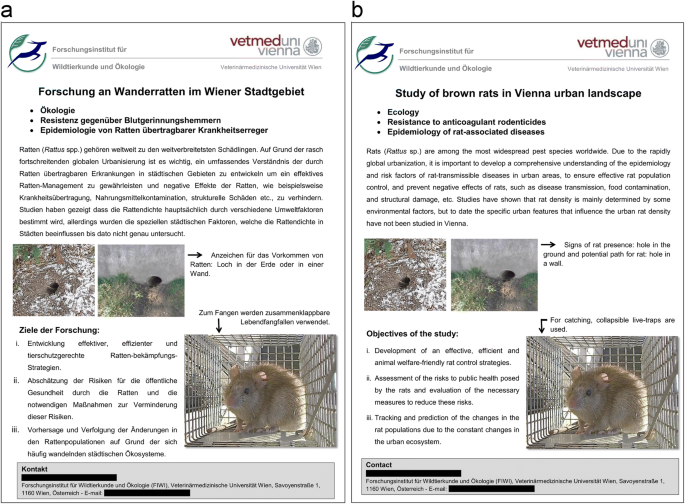



Brown Rats Rattus Norvegicus In Urban Ecosystems Are The Constraints Related To Fieldwork A Limit To Their Study Springerlink
Invasive Species — Norway Rat (Rattus norvegicus) Impacts Biological Characteristics Pathways Impacts Distribution More Resources Get Involved Species Affected Because rats have a very broad diet, they can have a harmful affect on many different wildlife species In Alaska, some of the worst problems have occurred in seabird colonies A black bear feeds on berries in Yosemite National Park, Calif A new study found that bears subsist primarily on plants, pine nuts and acorns in the park Image Credit millermountain Figuring out exactly what animals eat is one of the best ways to understand how ecosystems work and, if necessary, conserve themNorway rats are true omnivores Norway rats eat a huge variety of foods including everything from soap to candy, milk, meat, vegetables, poultry, eggs and all grains, nuts and fruits Norway rats are also very big eaters They can eat a third of their weight in a day Norway rats are capable of catching fish and small rodents, such as mice, and they readily eat dead animals In cities,
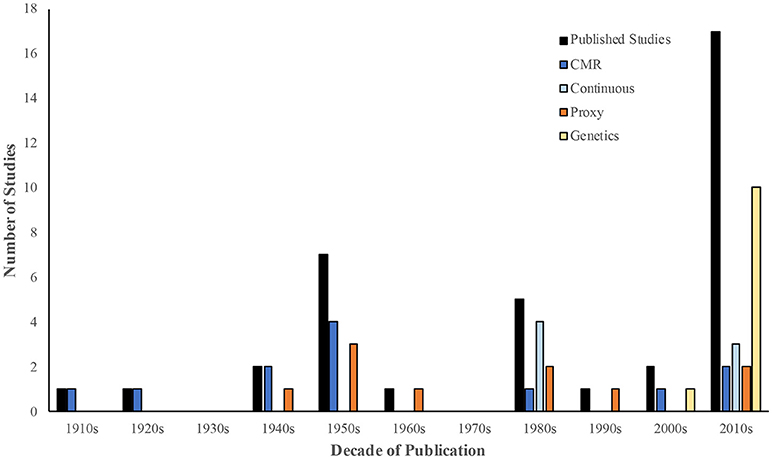



Frontiers Rats About Town A Systematic Review Of Rat Movement In Urban Ecosystems Ecology And Evolution




Pdf Have The Harmful Effects Of Introduced Rats On Islands Been Exaggerated
Plant species and plant parts exploited by invasive rats and the food characteristics that influence consumption by rats While we considered studies from anyNorway rats may also transmit the following diseases to humans or livestock murine typhus, leptospirosis, trichinosis, salmonellosis (food poisoning), and ratbite fever Control Methods There is a need for good sanitation in residential areas, including proper storage and handling of food materials and refuseBuy Local, Burn Local Clean Drain Dry Don’t Let it Loose PlayCleanGo Squeal on Pigs!



Rats



Gisd
Invasive Species − Alaska • Introduced invasive plants, rats, fishes, snails, birds, • • frog, mussels, and other organisms threaten the native ecosystem Fragile island ecosystems are being threatened by rats, cattle, reindeer, and foxes Rats are particularly devastating to nesting seabirds q q q Approximately 50 million seabirds nest on Alaska’s coast 87% of the seabirds in the



1



2




Effects Of Anticoagulant Rodenticide Poisoning On Spatial Behavior Of Farm Dwelling Norway Rats Sciencedirect
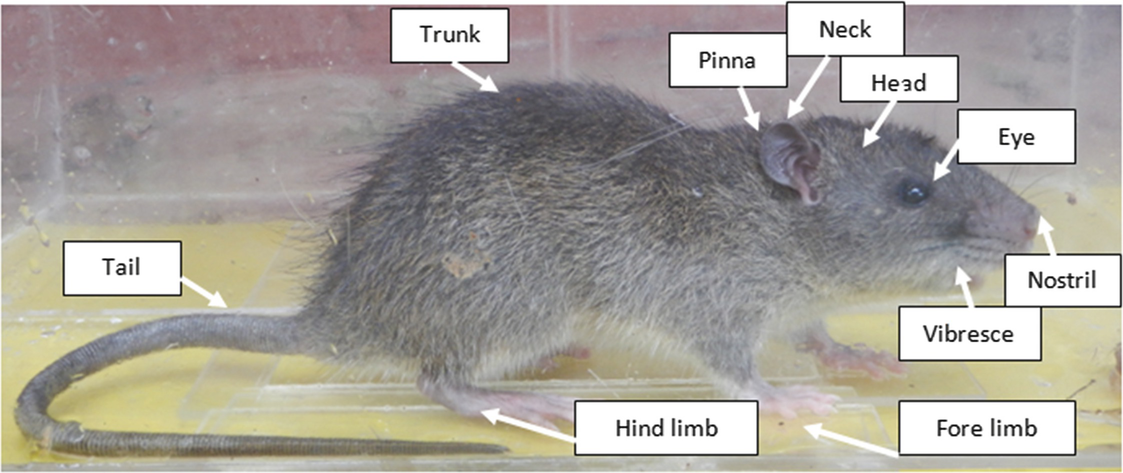



Rodents Springerlink



2



2
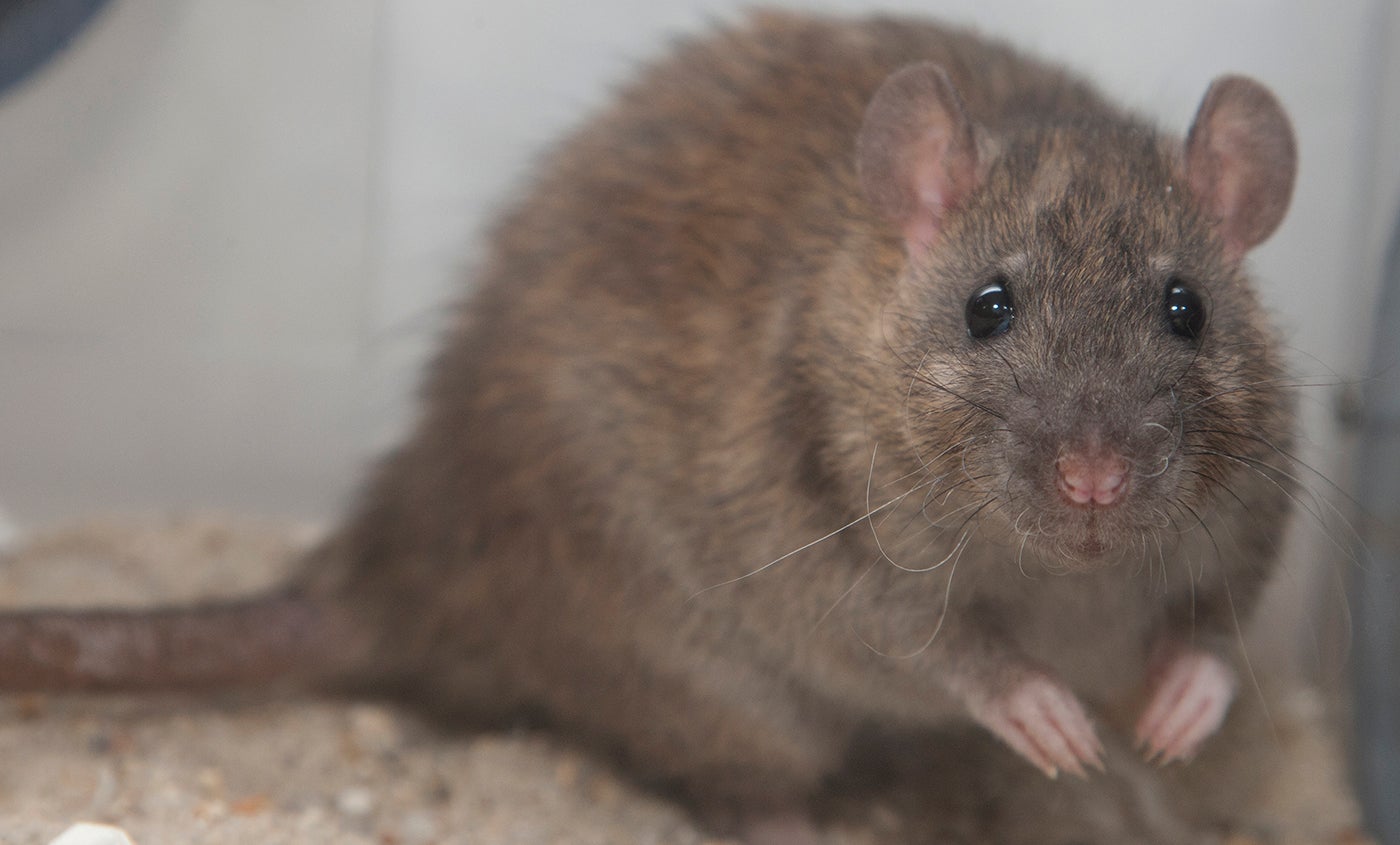



Norway Rat Smithsonian S National Zoo




Detection Of Rodent Borne Parasitic Pathogens Of Wild Rats In Serdang Selangor Malaysia A Potential Threat To Human Health Sciencedirect
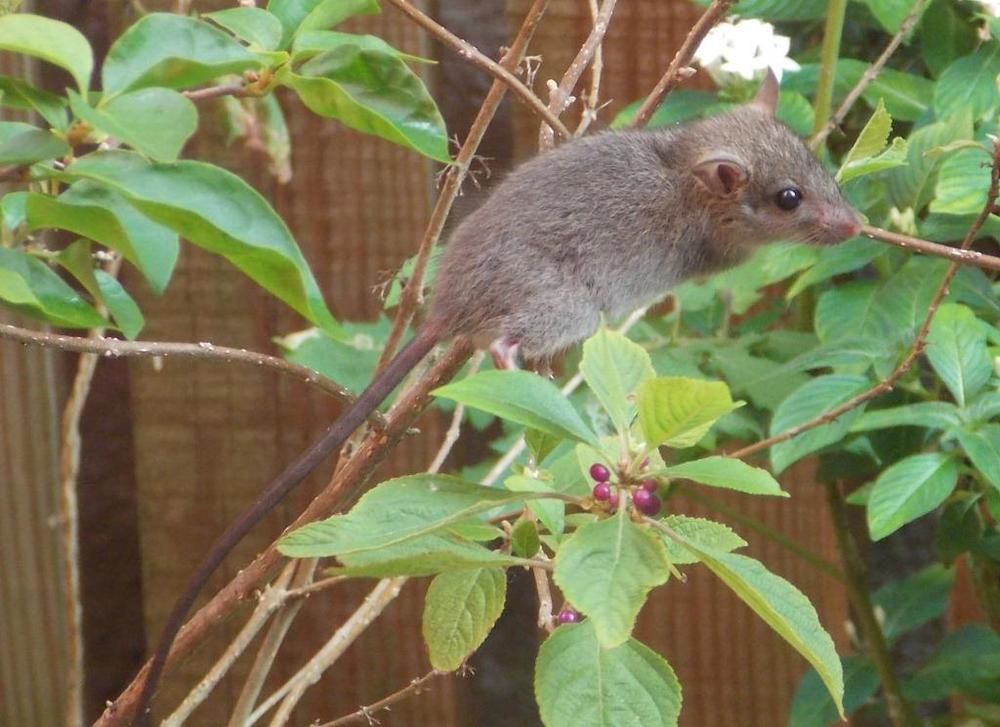



Rats The Department Of Environment And Natural Resources




Urban Rats Have Less Variable Higher Protein Diets Proceedings Of The Royal Society B Biological Sciences
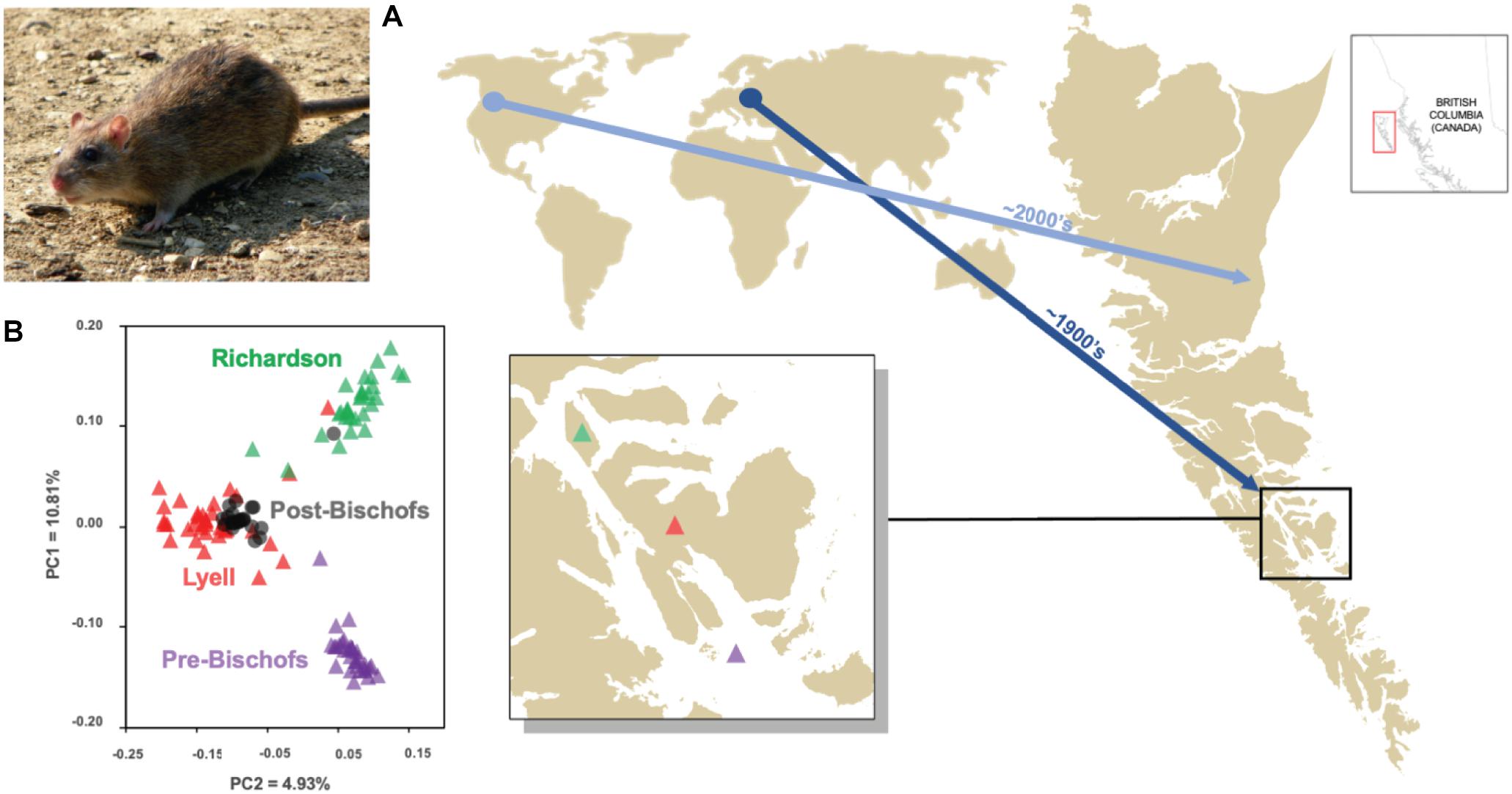



Frontiers The Promise Of Genetics And Genomics For Improving Invasive Mammal Management On Islands Ecology And Evolution




Using Fine Scale Spatial Genetics Of Norway Rats To Improve Control Efforts And Reduce Leptospirosis Risk In Urban Slum Environments Richardson 17 Evolutionary Applications Wiley Online Library




Ram Papish Invasive Species And Seabirds Lesson 2 Invasive Species And Biodiversity Ppt Download



Gisd



3




Non Native Rats Detected On Uninhabited Southern Grenadine Islands With Seabird Colonies Smart 21 Ecology And Evolution Wiley Online Library




Pdf Impacts Of Rodent Eradication On Seed Predation And Plant Community Biomass On A Tropical Atoll




Blog Guide To Deterring Rodents In Portsmouth




Pest Control For Norway Rats




Rats In The Intertidal Urban Marine Ecology
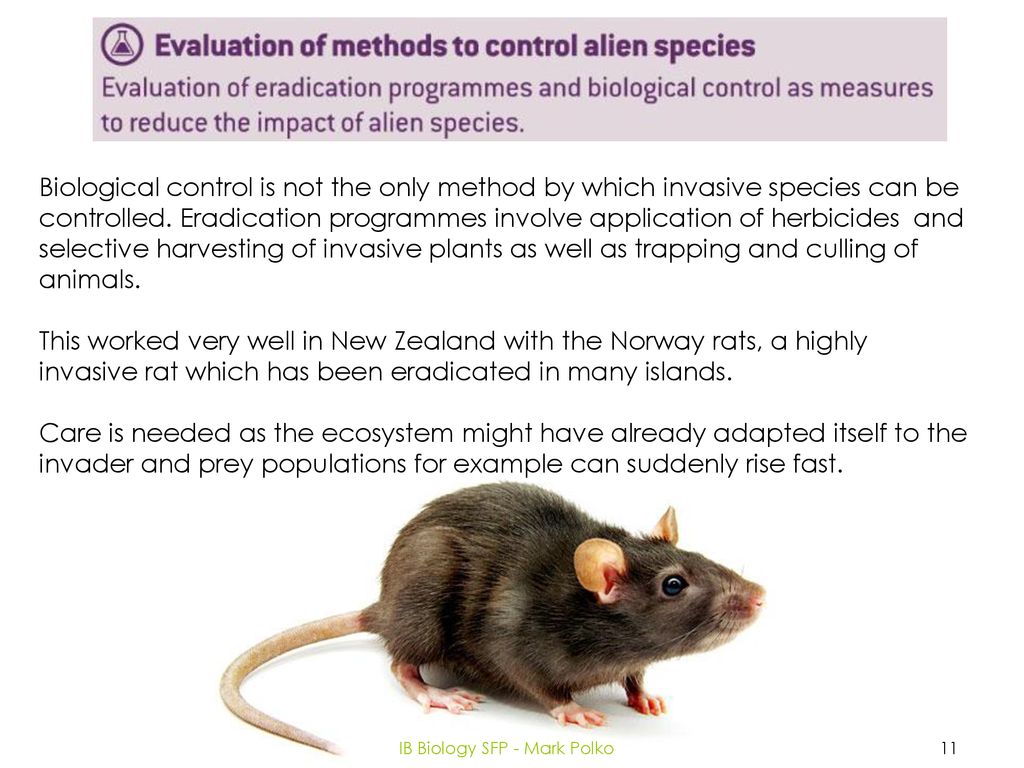



Option C Ecology And Conservation Ppt Download
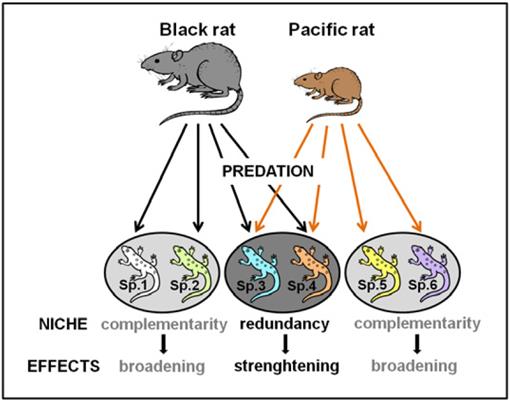



Sympatric Invasive Rats Show Different Diets In A Tropical Rainforest Of An Island Biodiversity Hotspot1



3




Appalachia S Wild Rat Is Mysteriously Disappearing But The Pandemic Offered Hope



2




Places Archives Page 2 Of 5 Biographic
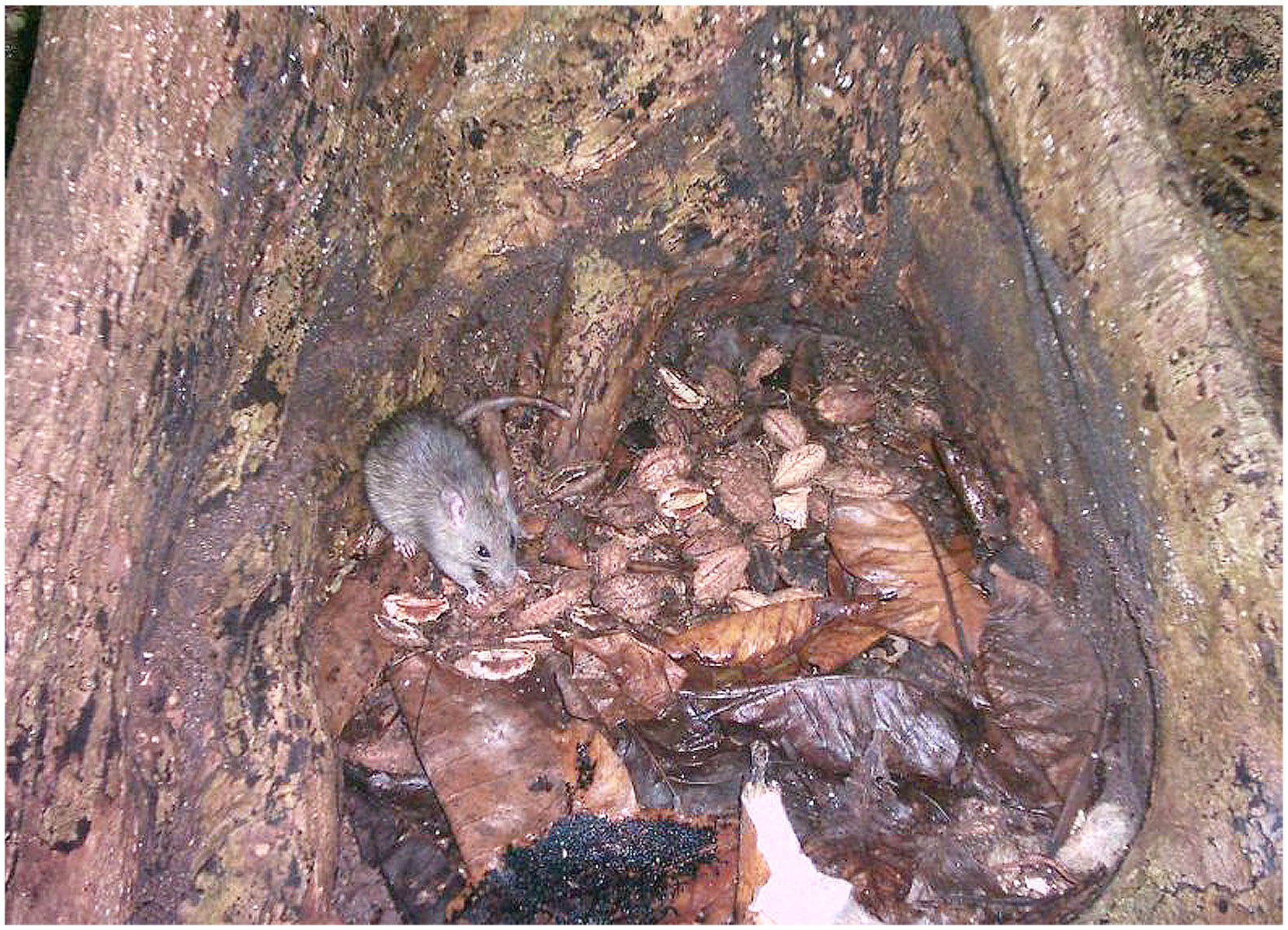



Biology And Impacts Of Pacific Island Invasive Species 11 Rattus Rattus The Black Rat Rodentia Muridae



Invasive Rat Eradication Strongly Impacts Plant Recruitment On A Tropical Atoll



Gisd




Ecological Factors Driving Uptake Of Anticoagulant Rodenticides In Predators Springerlink



Modeling The Distribution Of Norway Rats Rattus Norvegicus On Offshore Islands In The Falkland Islands




The Natural History Of Model Organisms The Norway Rat From An Obnoxious Pest To A Laboratory Pet Elife



Gisd




How Introduced Species Affect Ecosystems Introduced Species Ppt Download
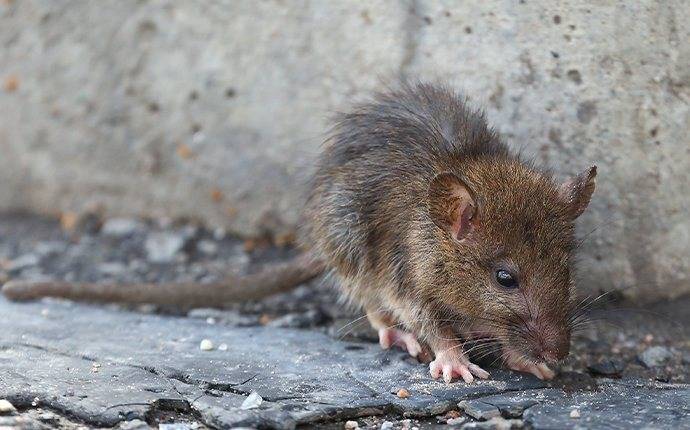



Blog How To Get Rid Of Norway Rats In Conroe Homes




Pdf The Secret Life Of The City Rat A Review Of The Ecology Of Urban Norway And Black Rats Rattus Norvegicus And Rattus Rattus




Island Characteristics And Sampling Methodologies Influence The Use Of Stable Isotopes As An Ecosystem Function Assessment Tool Pascoe 21 Ecological Solutions And Evidence Wiley Online Library
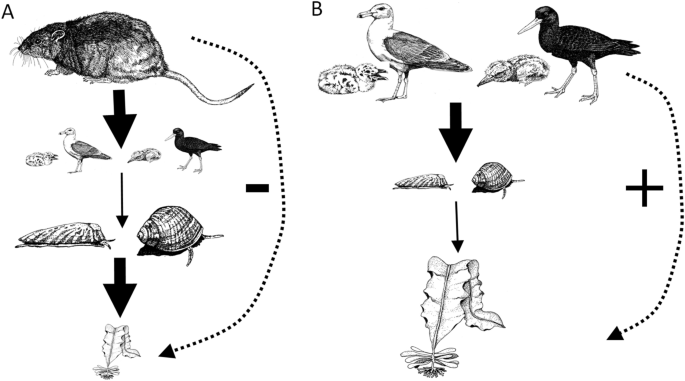



Indirect Effects Of Invasive Rat Removal Result In Recovery Of Island Rocky Intertidal Community Structure Scientific Reports




Effects Of Anticoagulant Rodenticide Poisoning On Spatial Behavior Of Farm Dwelling Norway Rats Sciencedirect



Invasive Species And Seabirds Lesson 2 Invasive Species



Gisd



2




Brown Rat Ohio Department Of Natural Resources
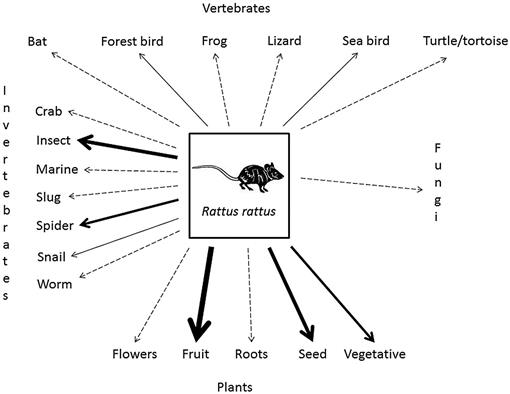



Biology And Impacts Of Pacific Island Invasive Species 11 Rattus Rattus The Black Rat Rodentia Muridae




Introduced Rats Indirectly Change Marine Rocky Intertidal Communities From Algae To Invertebrate Dominated Pnas
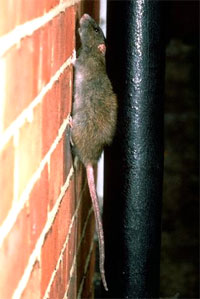



Norway Rat Identification Photos Biology Alaska Invasive Species Alaska Department Of Fish And Game



Rats




Impacts Of Rodent Eradication On Seed Predation And Plant Community Biomass On A Tropical Atoll Miller Ter Kuile 21 Biotropica Wiley Online Library
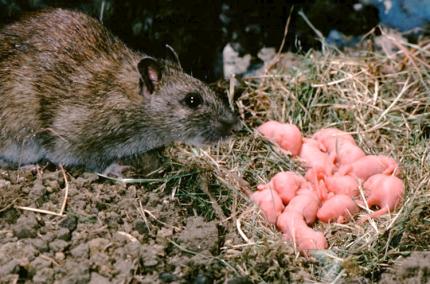



Living With Wildlife Rats Washington Department Of Fish Wildlife
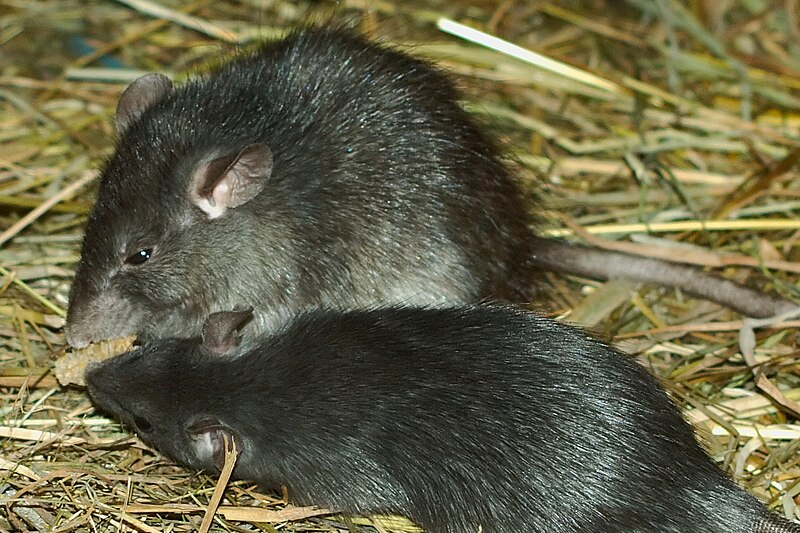



Black Rat Wikipedia
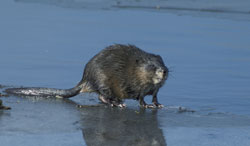



Norway Rat Identification Photos Biology Alaska Invasive Species Alaska Department Of Fish And Game




New Zealand S Crusade Against Mammals The New Yorker
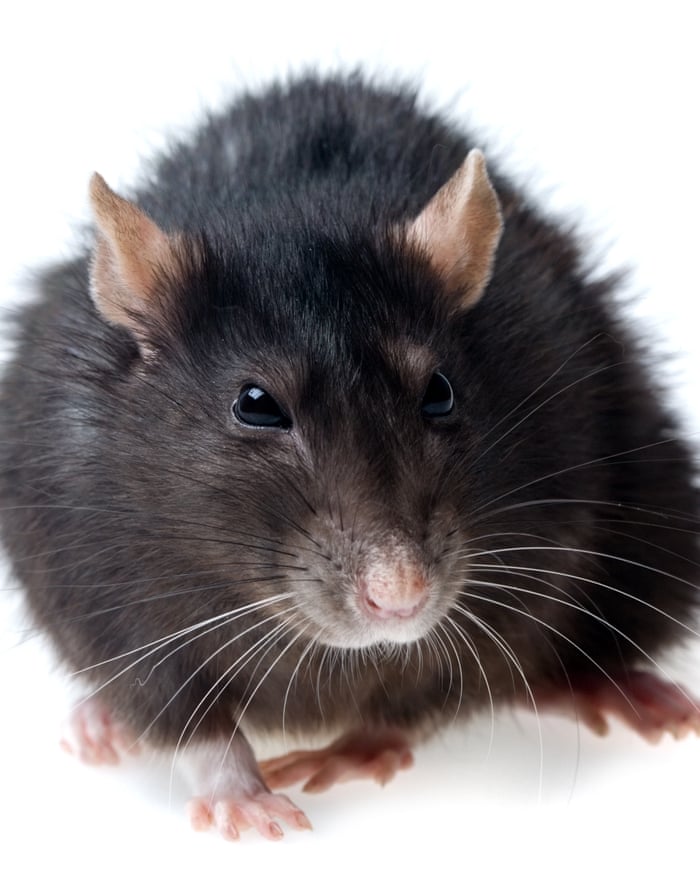



Should We Cull One Species To Save Another Conservation The Guardian




Diet Of Invasive Cats Rats And Tegu Lizards Reveals Impact Over Threatened Species In A Tropical Island Sciencedirect
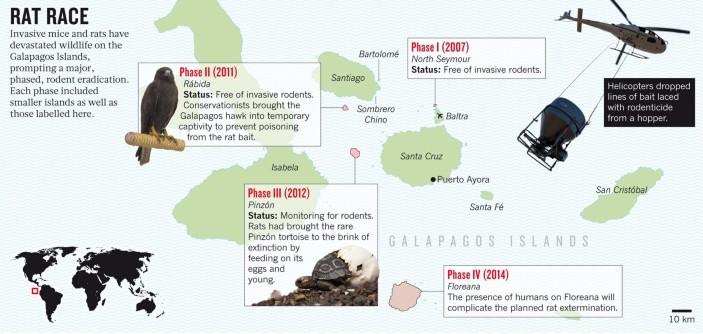



Invasive Species The 18 Km2 Rat Trap Nature
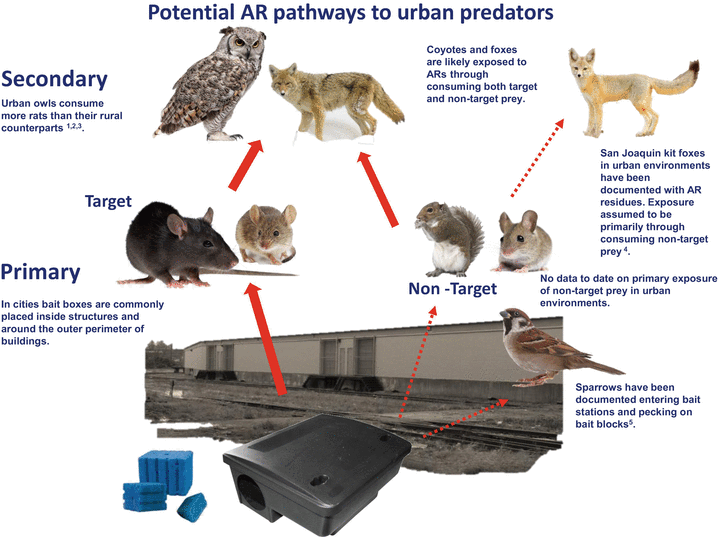



Ecological Factors Driving Uptake Of Anticoagulant Rodenticides In Predators Springerlink
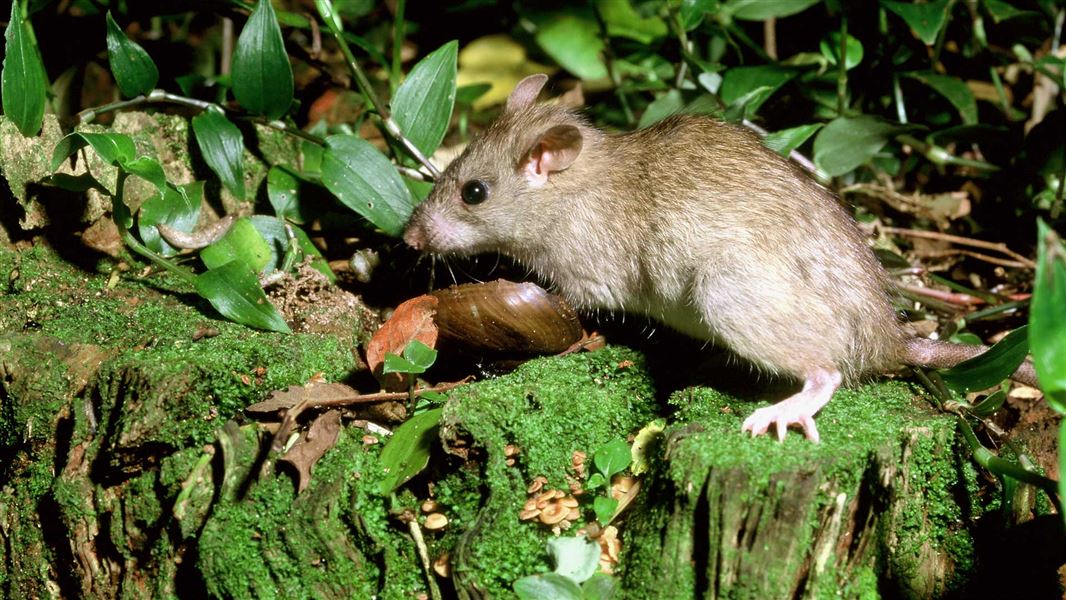



Rats New Zealand Animal Pests And Threats
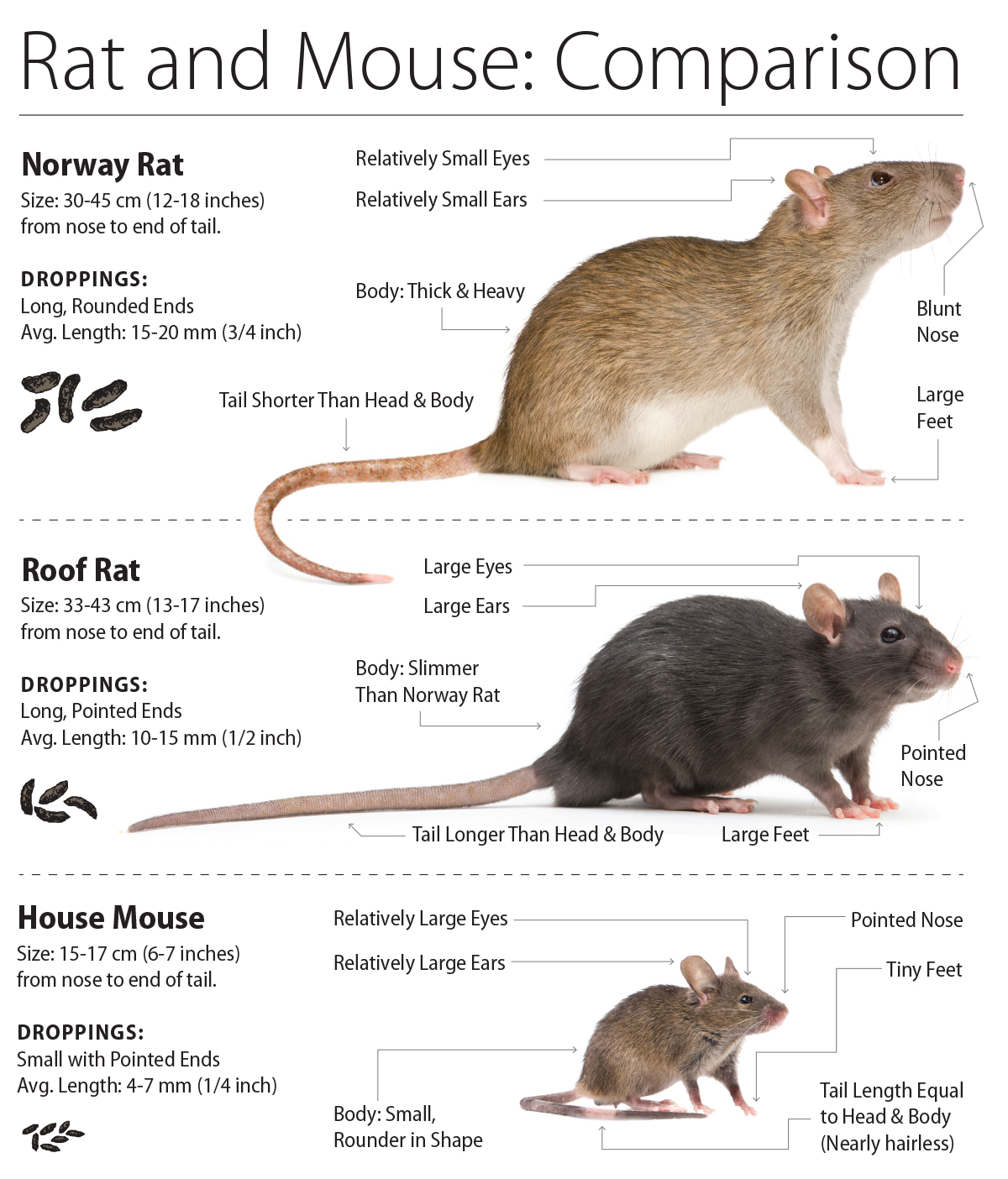



Managing Rat And Mouse Pests Province Of British Columbia




26 Faqs About Rats And Rat Control Ehrlich Pest Control
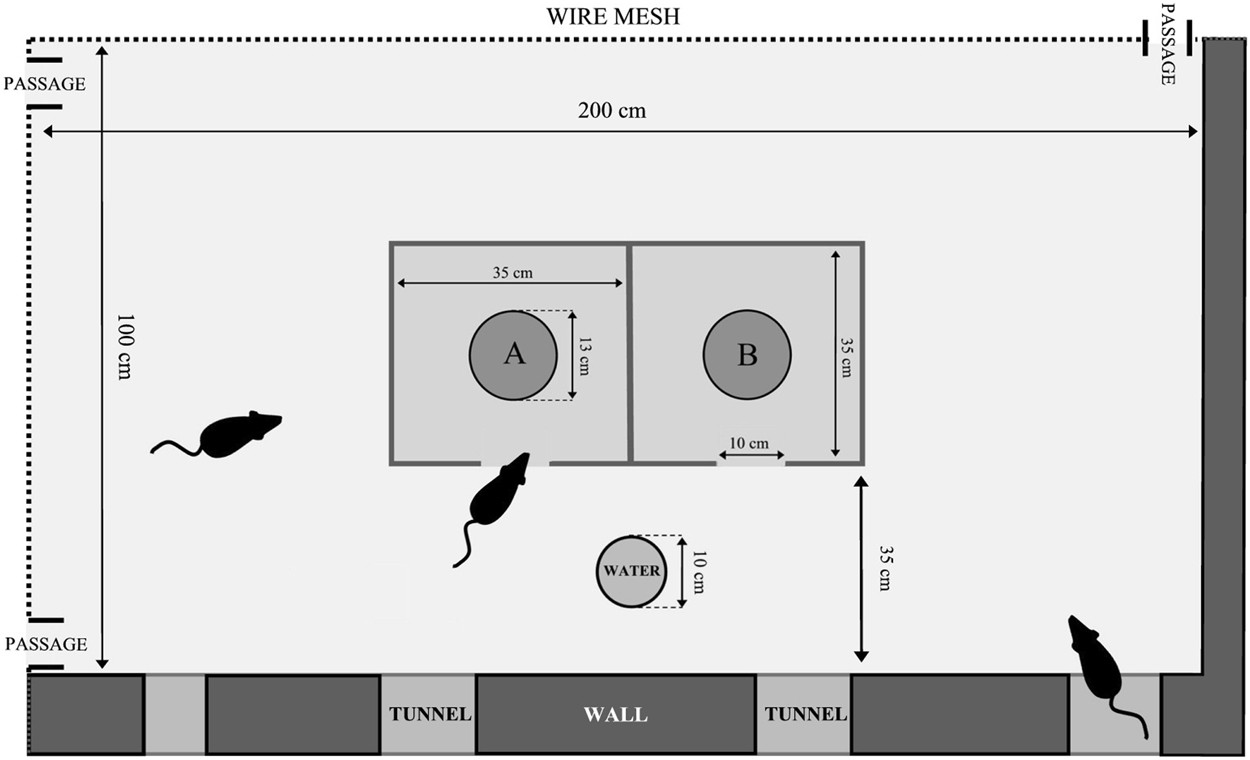



Wild Norway Rats Do Not Avoid Predator Scents When Collecting Food In A Familiar Habitat A Field Study Scientific Reports



Rats




Urban Rats Have Less Variable Higher Protein Diets Proceedings Of The Royal Society B Biological Sciences




Invasive Species And Seabirds Lesson 2 Invasive Species




The Social Life Of Norway Rats Rattus Norvegicus Elife




Rats In The Intertidal Urban Marine Ecology



Norway Rat Creationwiki The Encyclopedia Of Creation Science




Adult Black Rats Rattus Rattus With A A Black Pelt And B A Brown Download Scientific Diagram



Gisd
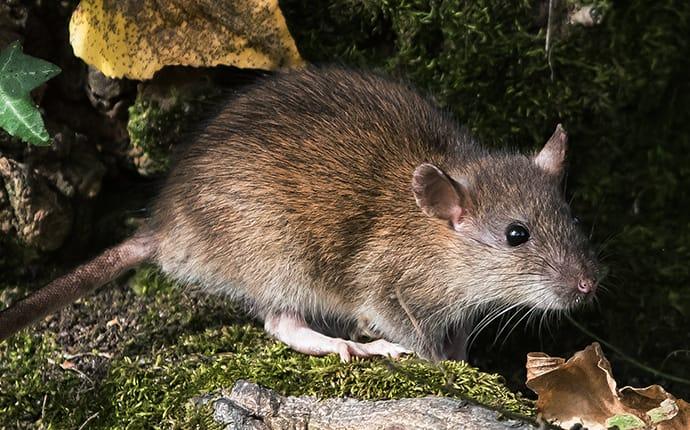



A Guide To Norway Rats Found In Washington State Prosite Pest Control




Invasive Rats Looking To Invade Your Property This Fall Revelstoke Mountaineer
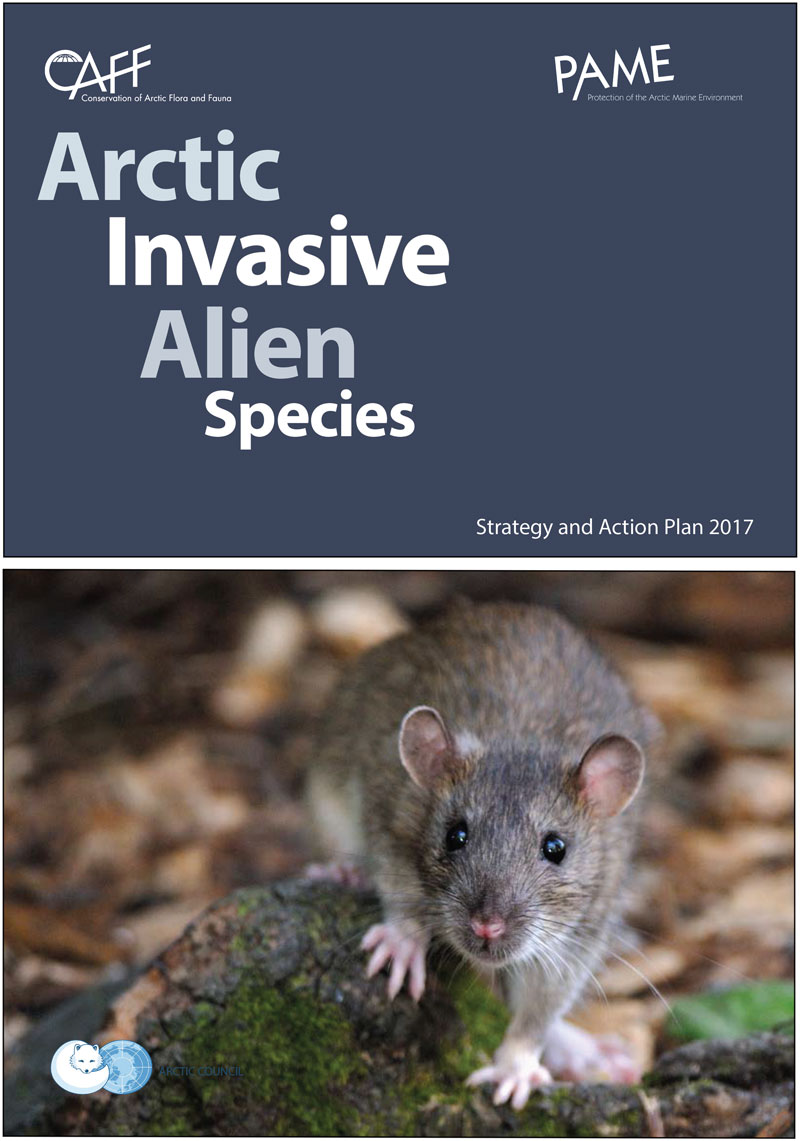



Species
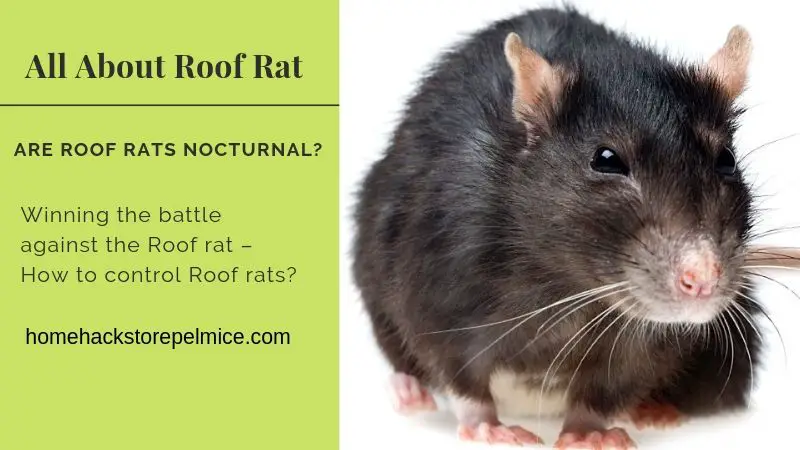



All About Roof Rat Identification Eating Habits And Trapping Remedies



2




The Natural History Of Model Organisms The Norway Rat From An Obnoxious Pest To A Laboratory Pet Elife
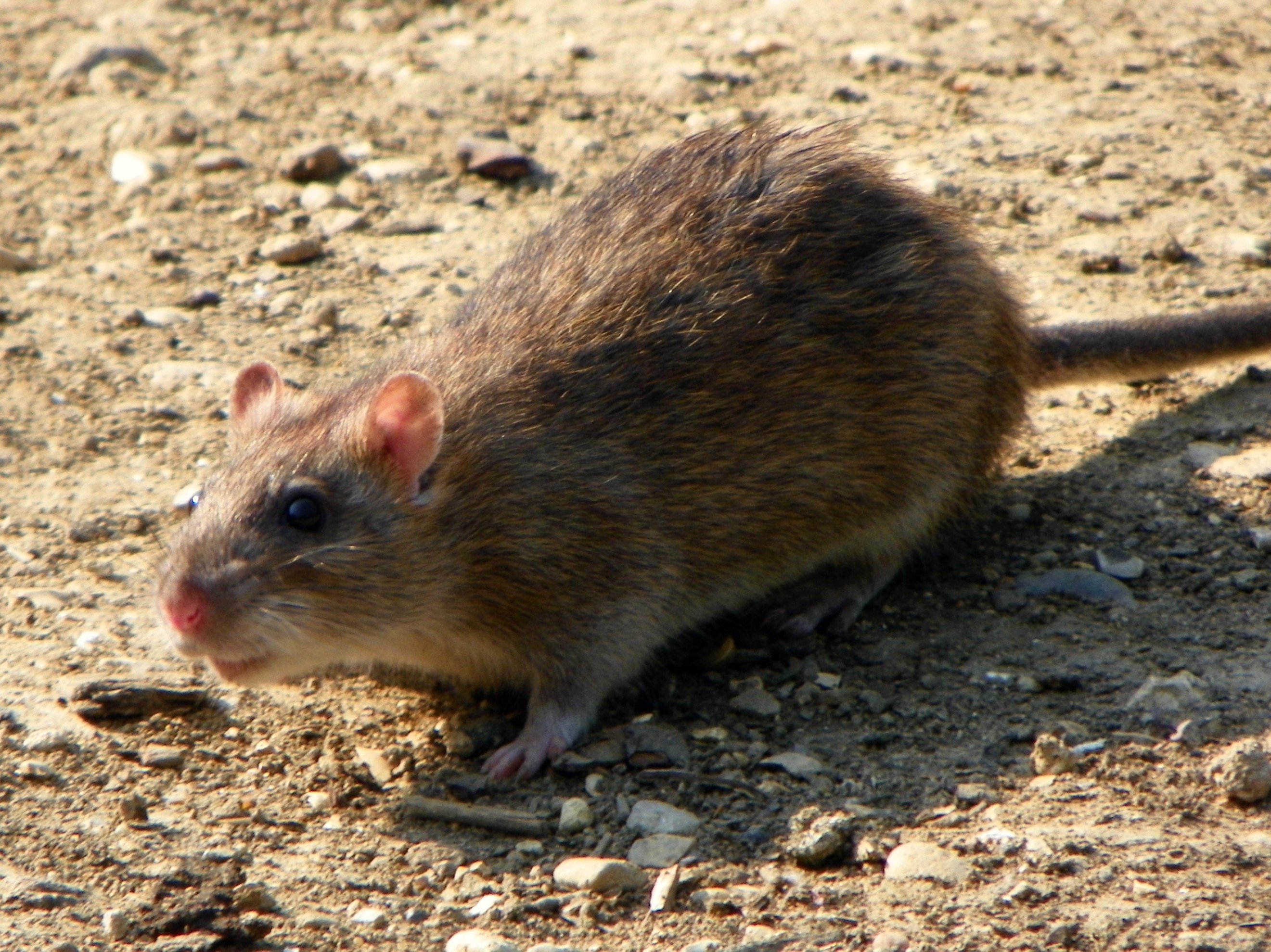



Brown Rat Wikipedia




Trophic Roles Of Black Rats And Seabird Impacts On Tropical Islands Mesopredator Release Or Hyperpredation Sciencedirect



No comments:
Post a Comment